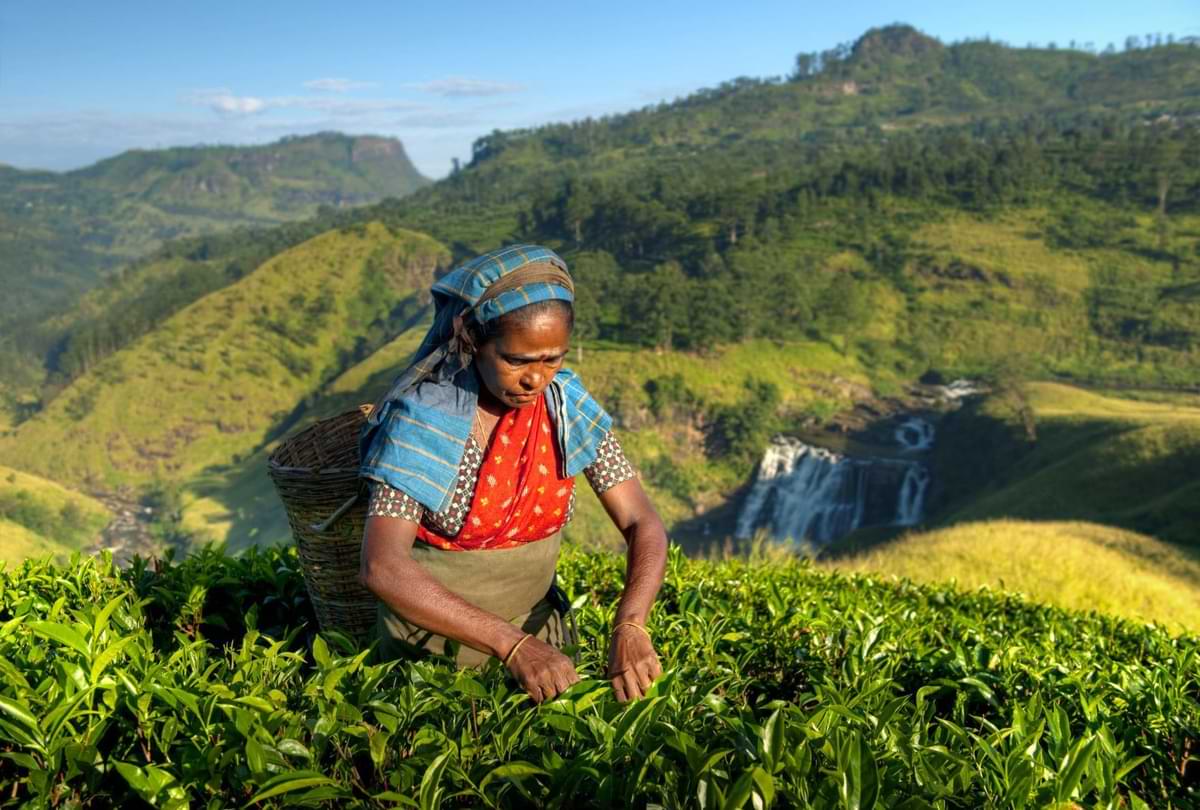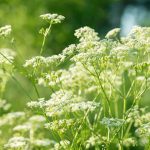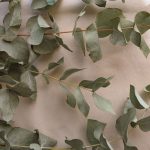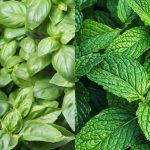
Ceylon Tea: One of the Best Teas in the World 2023
Did you know that tea is the 2nd most consumed drink in the world, and is second only to water? The unique Ceylon Tea, also known as Sri Lanka Tea, is recognized as one of the finest teas in the world. But what are the reasons that make it so special in the tea universe? The Tea Culture in Sri Lanka is so characteristic that the production of tea leaves is bigger by each inhabitant. According to lovers tea, no other country in the world produces this quantity of high-quality tea leaves. It is estimated that around 328,000 kilograms of tea leaves are produced in Sri Lanka each year.
The island of Sri Lanka or Ceylon (colonial name) is defined by mountains and endless valleys filled with tea bushes. The harvesting of tea leaves is only made by women. Ceylon Tea represents the main product exported from Sri Lanka. Hence, it is the activity with the highest incidence in the country, as it contributes to the employment of more than 1 million people.
Travel with us in the Indian Ocean and discover Ceylon Tea, one of the best teas in the world! Good reading.
Sri Lanka: Main Characteristics of Ceylon Tea
Worldwide, Sri Lanka is considered “the fourth producer of tea (…) behind China, India, and Kenya” (1). Ceylon Tea is Sri Lanka’s most popular black tea with a brownish colour, a pleasant aroma and a bold, not very astringent taste. However, all Ceylon teas produced in Sri Lanka have specific characteristics. Although, they retain the “classic Ceylon flavour” (1). These characteristics in terms of taste are influenced by the factors “climate, soil, rainfall, sunshine, and plant variety.”
“Sri Lanka is an island growing in altitude towards the centre (…) which favours altitude distinction” (2) among the various teas produced in the region. The main production of Ceylon Tea is carried out in the following regions: “Sabaragamuwa (…) Ruhuna (…) Kandy (…) Uda Pussellawa (…) Nuwara Eliya (…) Uva (…) Dimbula” (2). In comparison with teas of Chinese origin, Ceylon Tea may contain a higher level of caffeine. In this country, “the inhabitants drink the tea pure, without any added ingredients or else with milk” (2). According to Victoria Bisogno, the Ceylon Tea universe consists of the following teas: “Ceylon OP1, Ceylon OP and Ceylon BOP” (2).
Each Ceylon Tea is represented by “a traditional lion logo, which guarantees the origin and purity of the tea” (3). This authentic tea is characterized as being “a tea with woody, sweet/crystallized fruit (prunes and candied orange), tobacco and citrus notes” (4).
“Of women of reproductive age, 16% suffer poor nutrition in Sri Lanka (…) this proportion rises to 33% among plantation workers (…). The poor state of health of women workers is attributed to poverty (…). Many women are (…) illiterate and do not (…) take care of their health also their children (…) They have a lot of work and devote less time to thinking about food and nutrition” (5).
Origin of Sri Lanka Tea
“Commercial tea planting began in Sri Lanka with James Taylor, a Scotsman, in 1852 (…) he was 17 years old and had arrived to work as an assistant supervisor on a coffee farm.” (6) With the end of coffee production in Sri Lanka, “Taylor went to India to learn about tea planting and a year later (…) began tea cultivation (…) in 1875, the first consignment of tea from Ceylon arrived at the London auction. The next thirty years saw great progress, (…) a large quantity of tea began to be produced (…) and exported” (6). “Sri Lanka’s tea industry was inherited as a plantation model from the British colonial era.”
Continue exploring this tea universe, and until the next article!
Chás do Mundo
“A Somantis, Unip. Lda é uma empresa fundada em 2005 e que atua no ramo alimentar, com especial incidência na importação e exportação de chás, plantas medicinais, acessórios, especiarias e produtos biológicos diversos. A nossa empresa faz-se representar pela marca “Chás do Mundo ®” que apresenta uma vasta gama de chás de elevada qualidade, onde conta com mais de 2000 variedades disponíveis, entre chás ortodoxos ou blends de diversas tipologias como o chá verde, chá branco, chá preto, chá vermelho, chá oolong, rooibos, plantas medicinais, tisanas, misturas de frutas, chás em saquetas simples, biológicos e de comércio justo.”
Sources:
- Article “Explore os chás do Ceilão do Sri Lanka” written by Lindsey Goodwin in “Hiloved”;
- Article “Chá do Ceilão: Benefícios e Propriedades do Chá do Sri Lanka” written by Victoria Bisogno in “El Club Del Té”;
- Article “A cultura do chá no Sri Lanka e o chá do Ceilão” written by Teresa Bernal Hugo in Tétique Boutique de tés & chas;
- Article “Chá Preto do Ceilão” available in Loja Online “Teapot”;
- Article “O chá é bom para Sri Lanka, mas é ruim para as trabalhadoras” written by Ana Maria in “Agência Envolverde Jornalismo”;
- Article “Sri Lanka – Apresentação” in Tea Friends;
- Article “Chá Artesanal Comunitário do Sri Lanka” written by Aravinda Anantharaman in Tea Friends.








Sorry, the comment form is closed at this time.